1. Heart Attack Grill – Hospital Gown Dining with a Side of Spankings
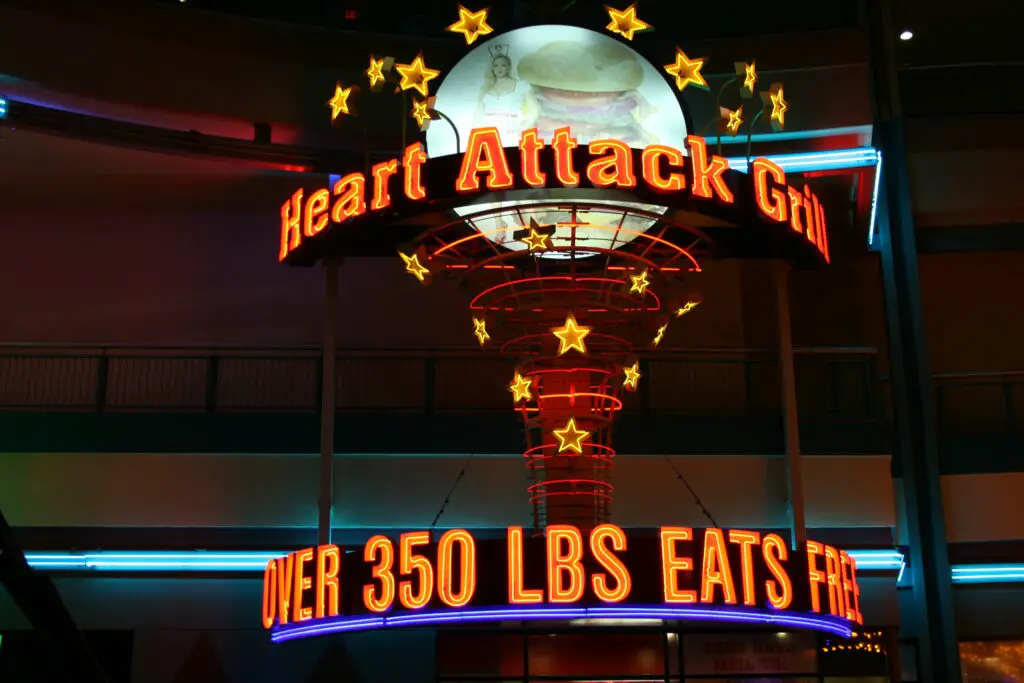
Opened in 2005, the Heart Attack Grill in Las Vegas became notorious for its over-the-top concept. The menu offered items like the “Triple Bypass” and “Octuple Bypass” burgers, each packing thousands of calories, along with milkshakes that were more like dessert than a beverage. Patrons were encouraged to don hospital gowns and wristbands, making them feel like they were patients at an exaggerated “health” clinic. And if they couldn’t finish their meal, a nurse-themed waitress would playfully spank them as a form of punishment.
While the concept may have been amusing to some, it quickly became a lightning rod for controversy. Critics raised concerns about the health risks associated with such extreme portions and the overall approach to weight and health issues. The Heart Attack Grill became infamous not just for its food but for its approach to dining as a spectacle. Despite the ongoing concerns, the restaurant still draws curious visitors, solidifying its place as one of the most memorable gimmicks in dining history.
2. Mars 2112 – Dining on Mars with a Side of Sci-Fi
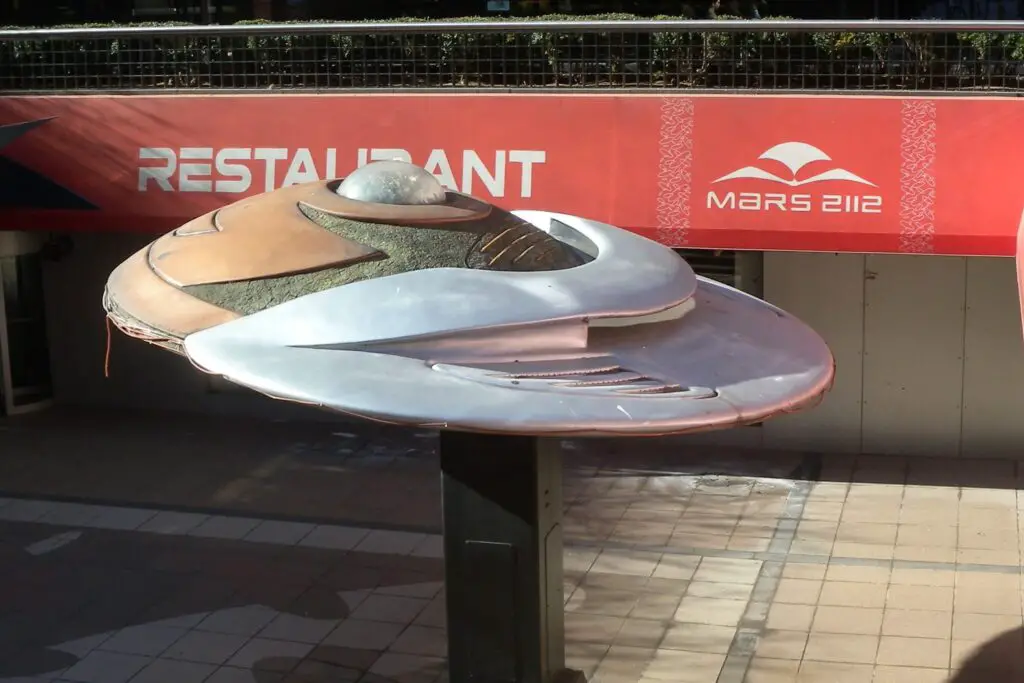
Mars 2112, located in New York City, opened in the late 1990s and became famous for its immersive space-themed dining experience. Guests entered through a “teleportation” tube, where they were greeted by animatronic Martians and futuristic décor, instantly transporting them into another world. The menu, filled with quirky names like “Martian Meatloaf” and “Astroburgers,” was an attempt to blend science fiction with fast casual dining. While the food wasn’t particularly extraordinary, the experience was designed to feel like a trip to the Red Planet itself.
The concept of combining an out-of-this-world dining experience with a theme park-like atmosphere worked for a time, drawing in curious families and sci-fi enthusiasts. However, the novelty wore off as the years went by, and the high cost of maintaining the intricate space-themed décor became a financial burden. Mars 2112 ultimately closed in 2012, leaving behind a unique yet short-lived footprint in the realm of themed dining. Even so, the restaurant still holds a nostalgic place in the hearts of those who visited during its brief run.
3. Jekyll & Hyde Club – Where Dining Meets Haunted Theater
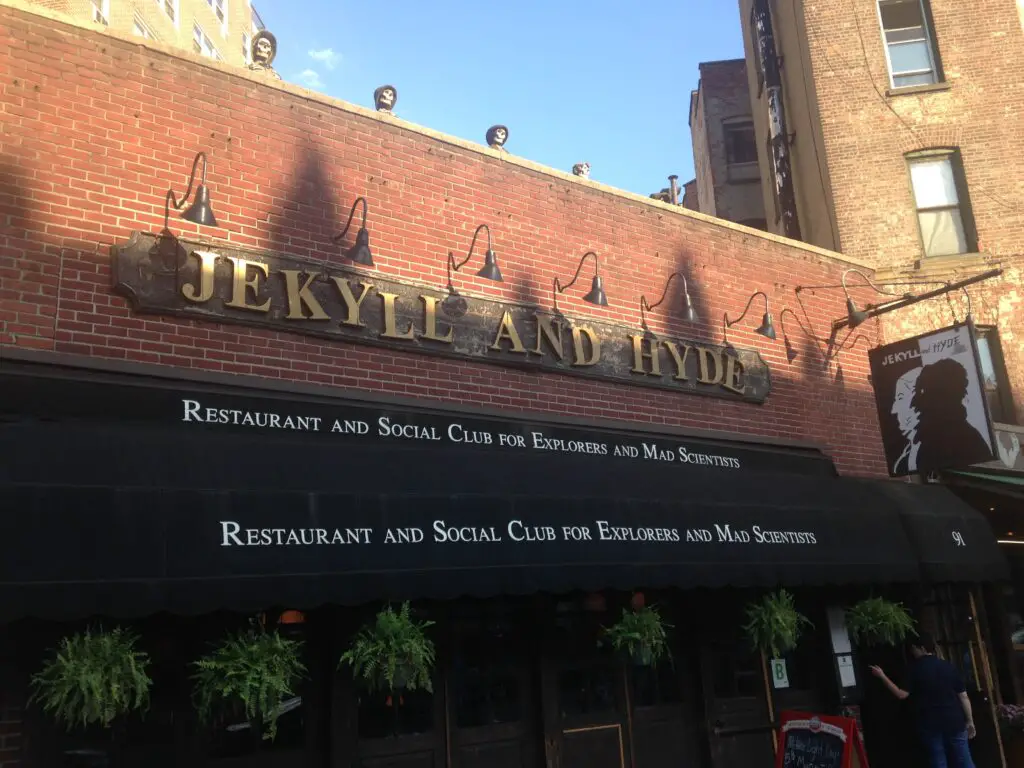
The Jekyll & Hyde Club, which opened in New York in the 1990s, offered a unique twist on the traditional dining experience by merging dinner with live theater. Patrons were served by actors dressed in Victorian-era costumes while the restaurant was filled with spooky animatronics and creepy décor. The atmosphere, inspired by the classic tale of Dr. Jekyll and Mr. Hyde, was both eerie and whimsical, making it a perfect spot for fans of horror and the unusual. Themed performances, like the restaurant’s own “haunting,” kept diners entertained as they ate.
While the food wasn’t the main attraction, the restaurant’s commitment to its theatrical nature made it stand out in a sea of typical dining options. The Jekyll & Hyde Club’s blend of horror and food had a cult following, but after a few years, the financial realities of maintaining such a complex atmosphere led to the restaurant’s eventual closure. Despite this, the club remains a fond memory for those who experienced its spooky charm, marking a bold attempt to reinvent how we dine out.
4. Pumper Nic – Argentina’s Fast-Food Adventure

Pumper Nic, an Argentine fast-food chain that thrived from the 1970s to the 1990s, became known for its quirky fusion of local and international flavors. The chain’s menu included inventive items like the “Mobur” sandwich, which featured an egg inside, and “Frenys,” a spin on French fries. The restaurant’s name, derived from the German word for pumpernickel bread, reflected its unique blend of cultural influences. As Argentina’s fast-food scene was dominated by international chains, Pumper Nic offered a distinctively local alternative, attracting fans who were seeking something different.
However, despite its initial success, Pumper Nic faced challenges in maintaining its quality and keeping up with growing competition from global brands. By 1999, the chain declared bankruptcy, and its quirky menus and bold branding became part of local nostalgia. Though the Pumper Nic experience faded into history, many Argentinians still fondly recall its unusual offerings and the novelty of its approach to fast food. The brand’s failure remains a testament to how even the most unique concepts can struggle in a competitive market.
5. George Webb – Burgers with a Side of Baseball Predictions
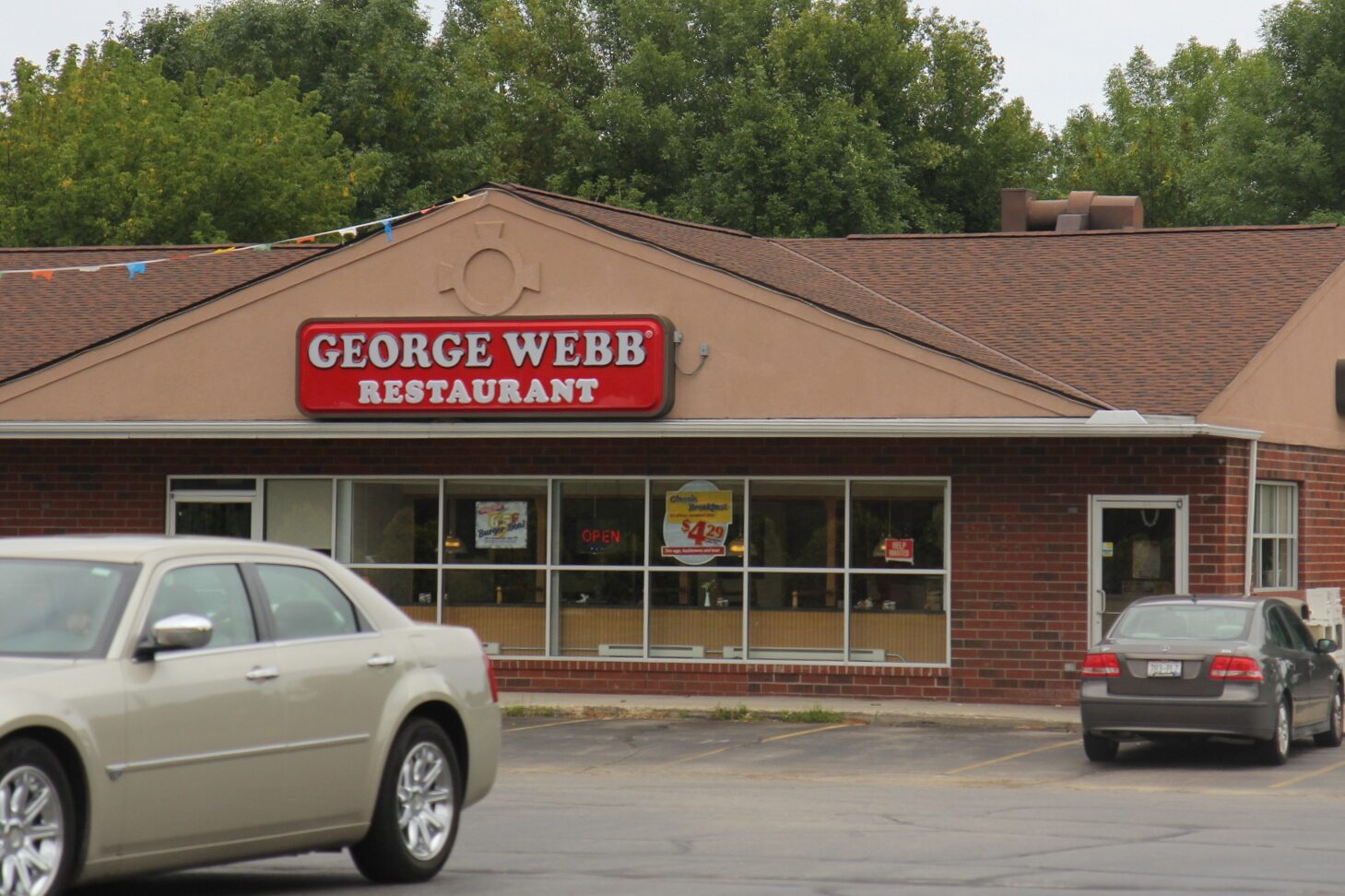
George Webb Restaurants, a Wisconsin-based chain, became famous not only for its burgers but for its quirky traditions and promotions. The chain featured a playful baseball prediction game where it promised free hamburgers if the Milwaukee Brewers won 12 consecutive games. The restaurants also had a unique branding choice with clocks that were set one minute apart, symbolizing their commitment to being open 23 hours, 59 minutes, and 59 seconds every day. The charm of George Webb’s lay in its local appeal, mixing fast food with sports enthusiasm and community pride.
Though its fun atmosphere and promotions helped build a dedicated customer base, the chain couldn’t keep pace with larger fast-food competitors. Despite this, George Webb’s still exists today, maintaining the same quirky charm that made it so beloved. The chain continues to serve the community, keeping its traditions alive and ensuring that its legacy of unconventional marketing doesn’t fade from memory. George Webb’s serves as a reminder of how creative promotions and strong community ties can keep a brand relevant for decades.
6. Dee’s Drive-In – Clown Marquees and Family Dining

Dee’s Drive-In, a Utah-based chain that began in 1932, became a cultural institution known for its iconic “Dee’s Clowns.” These colorful, rocking clown marquees were the perfect way to catch a driver’s attention and pull them into the restaurant. Dee’s was a family-friendly establishment, serving up hearty meals and featuring jingles like “Let’s go to Dee’s,” which became ingrained in local culture. At its peak, Dee’s operated over 50 locations, making it one of the most recognizable fast-food chains in the region.
Despite its initial success, Dee’s Drive-In couldn’t withstand the pressures of changing consumer tastes and growing competition. Many of the locations closed, but the chain’s reputation as a family-friendly staple remains in the hearts of Utahns who remember it fondly. While the clown marquees may no longer sway in the wind, Dee’s legacy lives on as an example of how branding can leave a lasting impression. Dee’s Drive-In is now remembered as part of Utah’s fast-food history.
7. TGI Fridays – The 30-Foot Jukebox and Bartenders with Flair
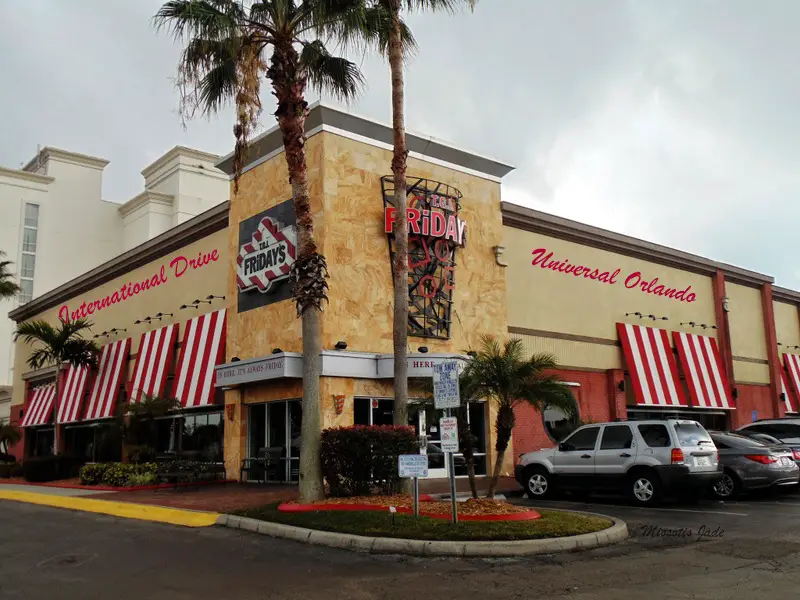
TGI Fridays, which rose to prominence in the 1970s, became one of the first restaurants to embrace the idea of “flair bartending.” Bartenders not only mixed drinks but performed tricks, throwing bottles and juggling cups to entertain customers. The restaurant chain was also famous for its massive jukeboxes, often measuring 30 feet long, and its bright red and white striped decor. The lively atmosphere, complete with energetic staff and upbeat music, was designed to make every visit feel like a party.
Alongside its famous drinks and energetic vibe, TGI Fridays offered a menu packed with American comfort food, including their iconic potato skins and Jack Daniel’s glazed ribs. While the flair bartending trend eventually fizzled out, TGI Fridays remains a symbol of ’80s and ’90s dining culture. Over the years, the chain has adapted its menu and atmosphere, but its roots in casual dining with an emphasis on fun continue to define its brand. TGI Fridays shows how a combination of quirky decor, interactive dining, and a lively staff can create a lasting legacy in the restaurant world.
8. Winky’s – Fast Food with a Side of Puppet Humor
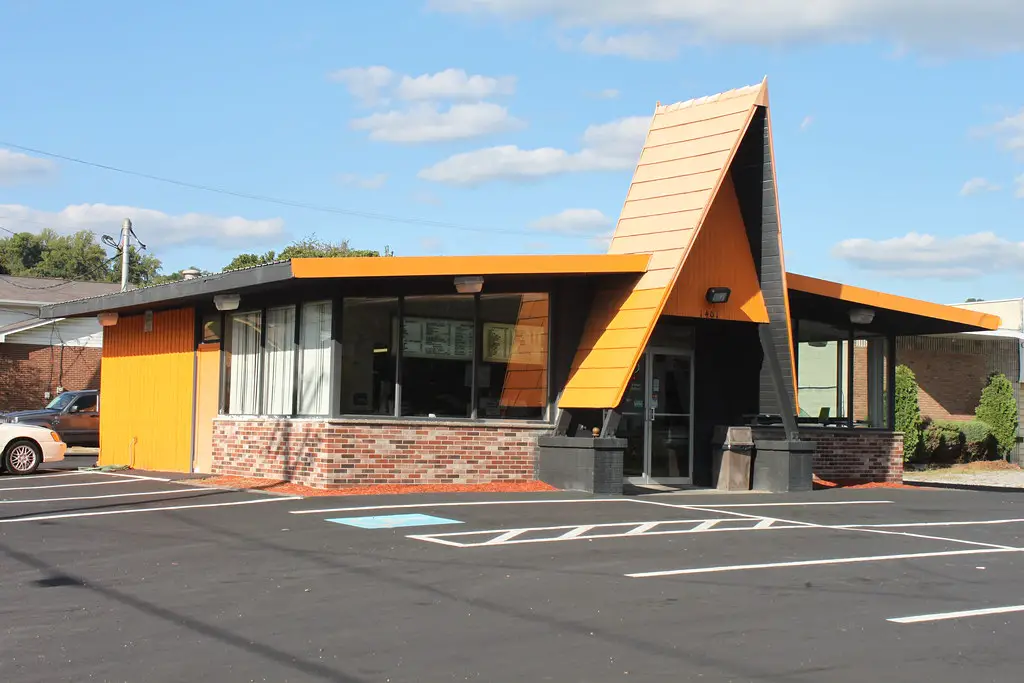
Winky’s was a quirky fast-food chain that operated in Pennsylvania, Ohio, and West Virginia in the 1970s and 1980s. The chain stood out with its bizarre puppet mascot, which featured prominently in TV ads and commercials. The puppet would read off a list of Winky’s locations, adding an extra layer of humor and novelty to the brand. With menu items like the “Big Wink” and “Ground Rounder,” Winky’s offered standard fast food with a playful twist.
Despite its whimsical appeal, Winky’s couldn’t maintain a foothold in the competitive fast-food market. By the early 1980s, the chain filed for bankruptcy, leaving behind a short-lived legacy that was driven more by its puppets and commercials than its food. Today, Winky’s is a nostalgic memory for those who remember its catchy jingles and unique marketing tactics. Though the chain is no longer around, it remains a fun example of how gimmicks can sometimes outshine the actual product.
9. Wimpy – British Fast Food with American Flair
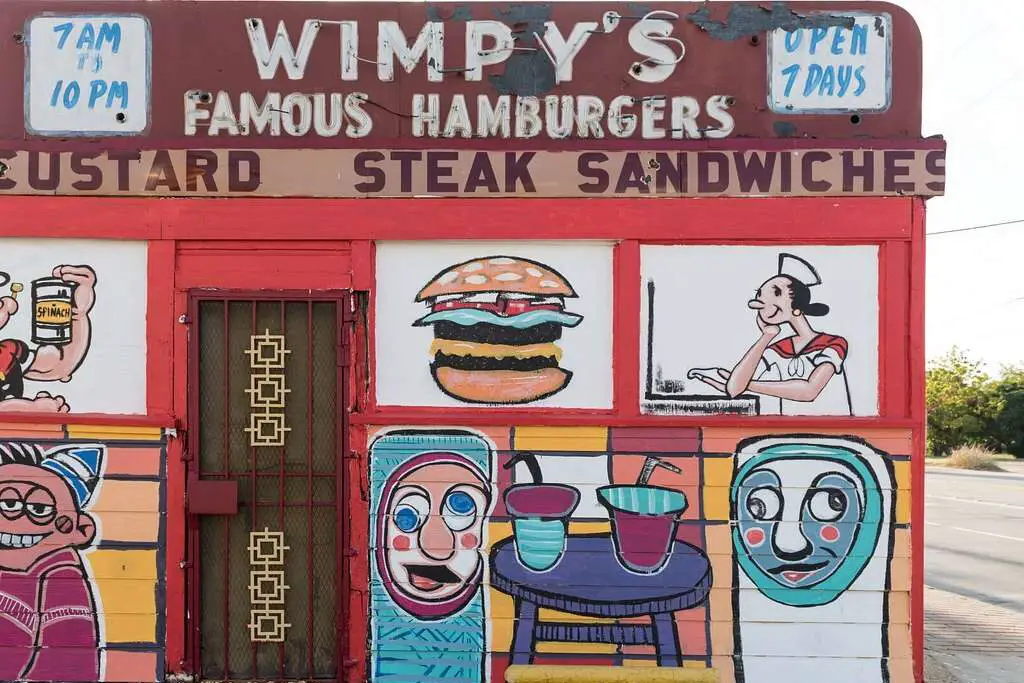
Wimpy, a fast-food chain that originated in the United Kingdom, was one of the first to bring American-style hamburgers to British diners. It introduced the concept of the “Wimpy Bar,” where customers could sit down and enjoy table service while eating American-inspired meals like burgers, fries, and milkshakes. The brand quickly gained popularity, with over 1,000 locations worldwide by the 1970s, including a major expansion in the United States.
However, the rise of other fast-food chains like McDonald’s and Burger King eventually overshadowed Wimpy, and by the 1990s, many Wimpy locations were converted into Burger King franchises. Despite the decline of the brand in the U.S., Wimpy continues to operate in the UK and some other parts of the world, though its prominence has faded. The brand is a reminder of the influence of American fast food on global dining habits and how quickly trends can change in the restaurant industry.
10. Burger Chef – Pioneering the Fast-Food Meal Deal
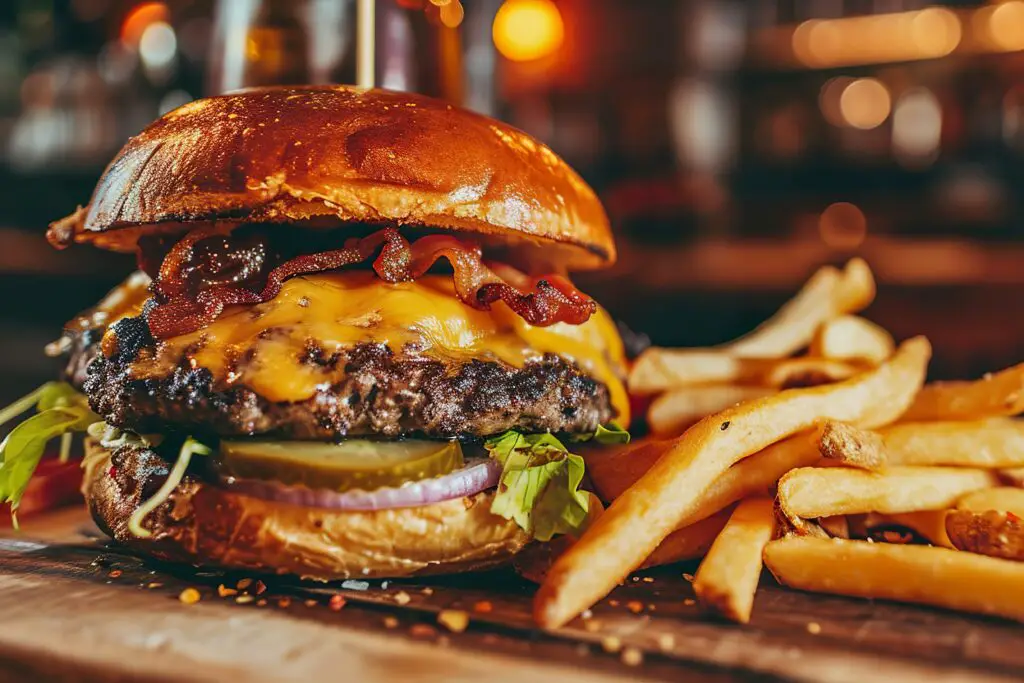
Burger Chef was a fast-food chain that introduced the first-ever “Funmeal,” a kid’s meal complete with a toy and special packaging. This idea later became the standard for kids’ meals in fast food, with McDonald’s famously adopting the concept for its Happy Meal. Burger Chef was also ahead of its time with its “build-your-own-burger” bar, where customers could customize their meals. The chain’s commitment to innovation helped it become a key player in the fast-food industry during the 1970s.
But despite its early success, Burger Chef couldn’t keep pace with McDonald’s and other larger chains. As the brand faded from the scene, its legacy lived on in the form of the kid’s meal, which continues to be a staple of the fast-food industry today. Burger Chef’s decline serves as a reminder of how quickly the fast-food landscape can change, but its contributions to the dining world still hold a place in history.
11. Casa Bonita – Mexican Cuisine Meets Entertainment
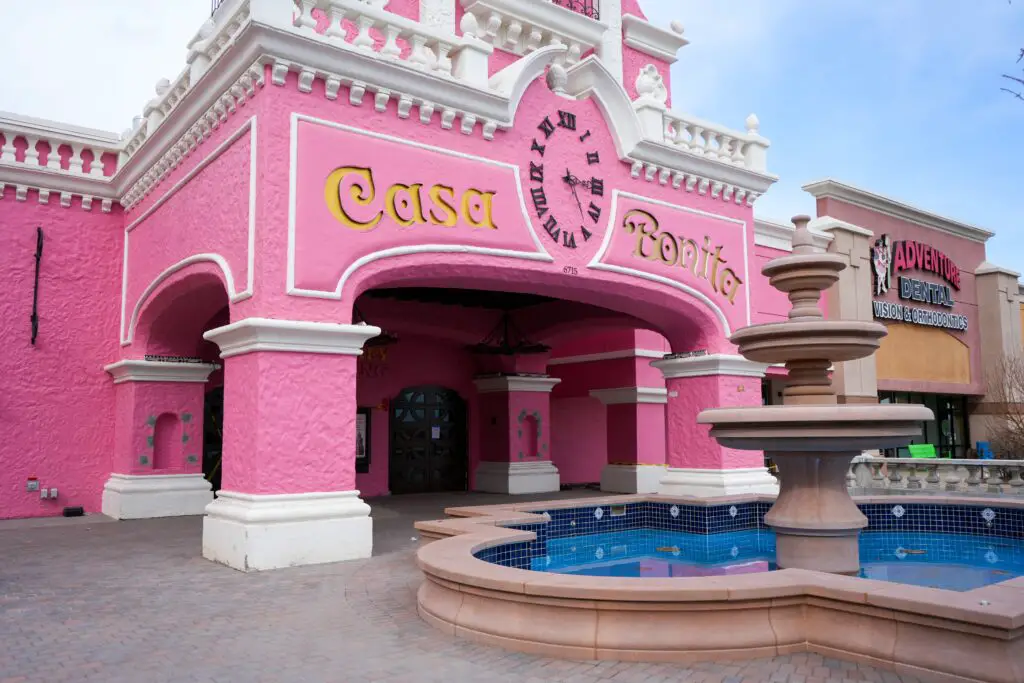
Casa Bonita, a restaurant that opened in 1974, was famous for its over-the-top décor and live entertainment, which turned dining into an experience. Located in Denver, Colorado, it featured cliff divers, mariachi bands, and puppet shows, all within a Mexican-themed restaurant setting. The restaurant was a family favorite, with its vibrant colors and festive atmosphere appealing to diners of all ages. The massive dining room, complete with waterfalls and cave-like features, made every meal feel like a celebration.
Though Casa Bonita’s atmosphere made it a beloved spot, it faced several financial challenges over the years, and by the 2000s, its future was uncertain. In recent years, Casa Bonita gained renewed attention when it was purchased by the creators of South Park. This new ownership has sparked a revival, and the restaurant remains a cherished part of Denver’s dining landscape. Casa Bonita’s combination of food and entertainment stands as a fun testament to how theme parks and restaurants can successfully combine to create a unique dining experience.
12. Rainforest Café – Dining in the Wild
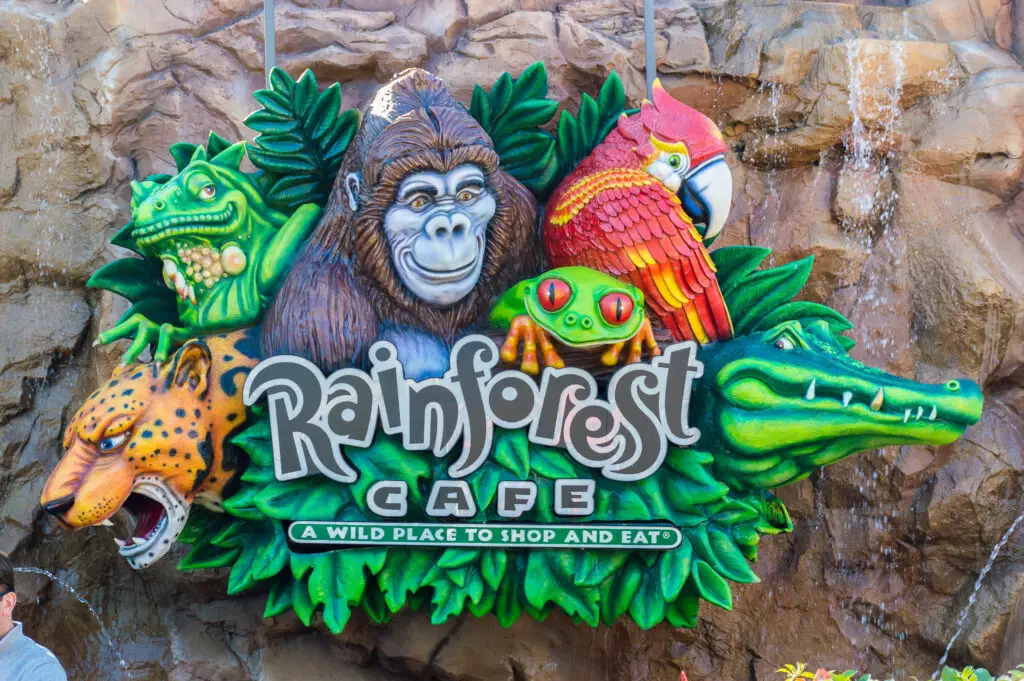
Rainforest Café, which opened in 1994, brought the jungle indoors with its rainforest-themed décor and animatronic animals. The restaurant’s atmosphere featured simulated thunderstorms, exotic plants, and tropical sounds, creating an immersive experience for diners. Along with its unique setting, the menu offered American cuisine with tropical twists, catering to both families and adventurous diners. Rainforest Café became especially popular in tourist destinations, offering a dining adventure that was both fun and family-friendly.
Despite its initial success, Rainforest Café faced challenges with the high cost of maintaining its elaborate jungle setting. The brand experienced some difficulty adapting to changing dining trends and consumer preferences, but it still has locations in major tourist spots today. As a staple of the 1990s dining scene, Rainforest Café remains a nostalgic part of themed dining, embodying the era’s fascination with immersive experiences.
